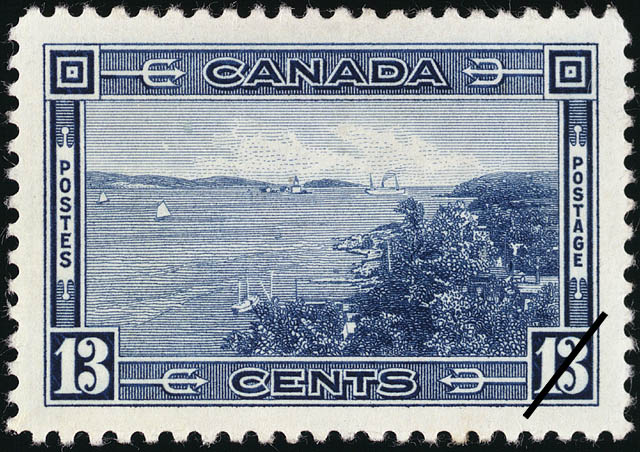On today’s date in 1809, Nova Scotian fisherman and pirate Edward Jordan was hanged for piracy in Halifax.
Jordan was a Black Irishman originally from County Carlow, Ireland, where he was involved in the events that paved the way for the Irish rebellion of 1798, according to historian Alison Atkin.
“During the rebellion he was captured, tried, and sentenced to death; he managed to escape, only to be caught again. Turning informer, Jordan received a King’s Pardon and married, but was forced to flee Ireland when his past contacts discovered his betrayal,” writes Atkin, who works with the Department of Archeology at the University of Sheffield.
“He and his wife Margaret landed in New York in 1803, moved to Montréal, Quebec, and finally to Gaspé, Newfoundland where he settled as a fisherman with the help of a creditor. The heart of Jordan’s livelihood, as a fisherman, was his schooner Three Sisters, named for his three young daughters at the time. However, distressed by consistent bad luck, Jordan fell into debt with his creditor and sought help from Halifax merchants J. & J.”
TRIED UNDER ACTS OF WILLIAM, MARY
The Court of Admiralty held the trial under the Acts of William and Mary, Atkin said.
Jordan was convicted and sentenced to be hanged while his wife was discharged because the court felt she acted out of “duress or fear of her husband.”
“Jordan was executed on November 23, 1809 ‘on [the bea]ch near Freshwater/ [Bridge] Halifax, being hanged from the neck until dead. After execution, his body was tarred and gibbeted, or hanged in chains, in Point Pleasant Park at Black Rock Beach near Steele’s Pond.'”

One of the two 46-cent tall-ship-themed stamps issued in 2000 depicts several vessels on Halifax Harbour.
Jordan’s body remained beneath Point Pleasant Park for three decades until the only remaining piece – the skull – was given to the Nova Scotia Museum in 1844. In 2007, it was put on display at the Maritime Museum of the Atlantic.

The 2017 Halifax Explosion stamp captures the moments before and after the disaster through elements from the past and present.
HALIFAX HARBOUR STAMPS
Throughout its history, Canada Post (known as the Post Office Department before 1981) has depicted the Halifax Harbour on a number of stamps.
The issues include:
- a 13-cent stamp depicting the harbour’s entrance in 1938;
- two 45-cent stamps designed by artist Dennis Page, of Halifax’s Page and Wood, who said the issue was inspired by “memories of ships and naval personnel lined up on deck, shoulder to shoulder, coming and going in Halifax Harbour”; and
- two 46-cent stamps showing tall ships in the harbour in 2000.
In 2017, Canada Post also issued a Permanent stamp to mark the 100th anniversary of the Halifax Explosion.


